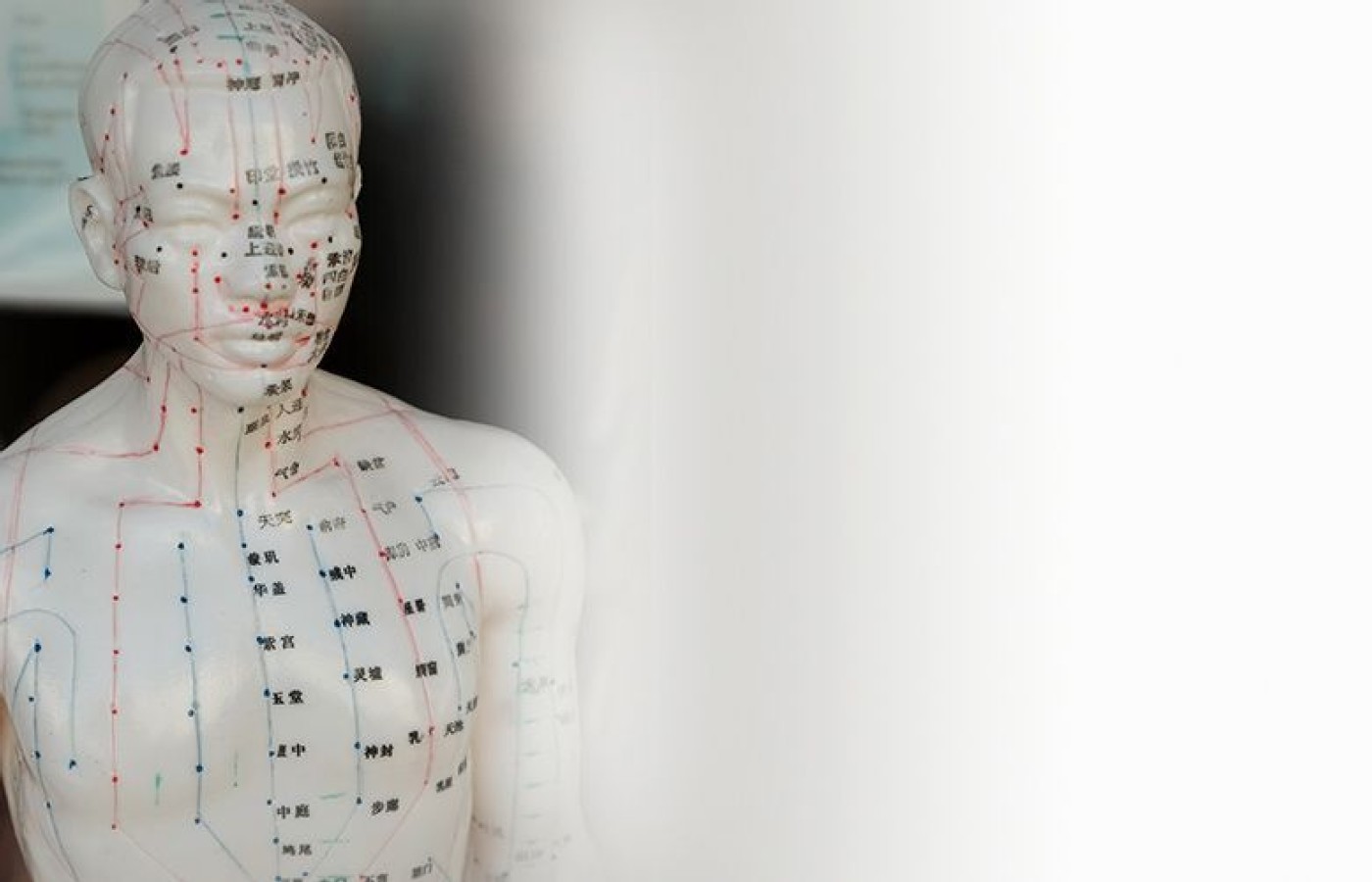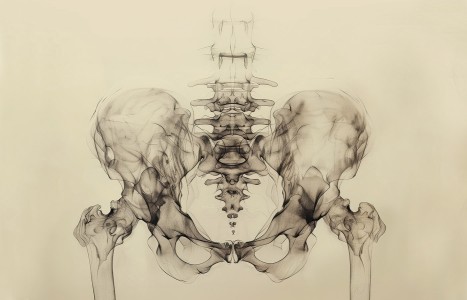People today want convenience, whether it be from their bank, credit card, favorite retail store, or restaurant. They demand it from the companies who hold their loyalty, including their health care providers (you). They don’t want to call and possibly be put on hold, and they want to use an app or schedule an appointment on your website. Here are three reasons your practice can gain by switching to online appointment scheduling.
Bringing the Body Back to Its Whole: Help Your Patients See the "Big Picture" in Pain Management
Welcome to part 4 of the series. In the first 3 parts, I scratched the surface of potential causes and effects of pain from different perspectives: physical, chemical, and emotional. In part 4, I hope to pull it all together and add to the story. The body is one amazing unit, adapting to its environment, and doing its very best to ensure its survival given the circumstances. What has yet to fail or amaze me is when we change the environment and circumstances, the adaptative process, response, and outcomes of the human body change with it.
Bridging the Gap
We see this call for integration across all forms of medicine, clinical settings, and interprofessional communication. When going to the hospital with a few common complaints many patients are forced to see different doctors for each symptom. After a visit to your primary medical doctor, it is usually time for a visit to the lab to draw some blood work and start scheduling your visits to referrals. A referral to a gastroenterologist for the digestive upsets, a urologist for the frequent urination, and for the pain: a neurologist, radiologist, surgeon, and pain specialist (not to mention the pharmacist). I am sure you have seen it with your family, friends, or heard it from your patients, it is nearly a full-time job trying to manage the appointments, referrals, and exams. I am in no way understating the importance of specialists and their specific skill sets! However, with the goal of improving patient outcomes, we are striving to bridge the gap from caring for the sick, through symptom isolation and specialist care, to holistic health with a wellness perspective.

"The doctor of the future will give no medicine but will interest his patients in the care of the human frame, in diet, and in the cause and prevention of disease." — Thomas Edison
TCM Roots are Primed for a Bright Future
Armed with new understanding, science, and discoveries, the doctor of today and the future is really the doctor of the past! TCM is founded on powerful principles that continue to ring true.
TCM practitioners can become the type of clinicians many others are striving to be. We can do this by bringing TCM, a historically valid medicine, into the future when we combine clinical experience and cutting-edge scientific breakthroughs/validations (i.e. diagnostics, advanced treatment techniques, etc.).
As the saying goes, "imitation is the greatest form of flattery," TCM is also being mimicked, validated, and proven effective by other medical experts jumping on the bandwagon of TCM techniques. These techniques include needling, cupping, gua-sha, and tui na. With more on this to come, my point is that there is a palpable shift in medicine toward patient education, effective natural modalities, and prevention. Functional Medicine, Lifestyle Medicine, and Holistic Health are just a few updated descriptions of a medical model of which can be found in our TCM textbooks that lay the foundational framework for our medicine.
We have been taught to look for and identify multiple causative factors that have led up to the current situation, which includes the imbalances and symptoms the patient presents with. A comprehensive and holistic treatment plan naturally comes to form when this process is followed, while the patient's questions of "what can I do doc?" can be answered thoroughly.
While I am not saying that TCM is Functional Medicine or means the same thing, I am confident that TCM practitioners have an opportunity to be amazing Functional Medicine experts and leaders in the future of comprehensive natural medicine due to the amazing foundation that our education has provided us.
Leading The Way
We can set ourselves apart by being able to understand and explain the patient's health status with them. Tie it into the big picture for them including "why" it is the way it is, "why" it is possible to change it, and "why" it matters to their life (personal/family/beyond). We believe in their ability to heal! We believe in their ability to feel and communicate with their system better than anyone else. We believe that their health is really in their own hands and that they are in control of their health and future.
Thanks to the amazing and unique minds found in TCM practitioners, I love seeing and hearing about the ways other techniques are added to Asian medicine. Whether done through referral, patient-education, or hands-on application, there are so many right ways to become more comprehensive and integrative. It is time to check in and ask ourselves:
- "How am I currently assessing my patient's health?"
- "Is there more to my patients' pain than I am treating?"
- "Are there new understandings/scientific breakthroughs that can help me be a better practitioner?"
- "Am I utilizing the best of both ancient and modern medicine in practice?"
- "Is there a something I want to add to my treatments/recommendations that may be beneficial to overall outcomes?"
While this is just a short list to spark your own personal ideas, here are a few ways to add more comprehensive medicine into your clinic and patient visits.
Assessments
Bloodwork and Labs
There are so many ways to get great information and insight through modern blood work and other lab tests. Whether recommended/ordered by yourself or by another professional (of course within your scope and state law), you can still consider the results and findings when putting together your treatment plan and reassessment strategies. If you are new to this or would like a great tool to help you further understand functional blood chemistry assessments, check out "Optimal DX" by Dr. Dicken Weatherby. A great resource for additional information and education through seminars and learning tracks is the Institute of Functional Medicine (www.ifm.org).
Treatment Modalities
When appropriate, you probably are already combining TCM techniques that support each other such as: hands-on bodywork, cupping, gua-sha, acupuncture, trigger-point, moxibustion, electrostimulation, passive/active stretching, acu-pressure, and exercise therapy. In addition to the above, is it in your interest to add supplemental techniques such as: laser therapy, functional neurology, light/sound therapy, vibrational platform, percussive massage, hot/cold therapies, traction, meridian/emotional tapping, rock-tape, electromagnetic field therapy, or ultrasound? Be sure to check your scope of practice in your state.
Breath Work
One of my favorite ways to influence physical, postural, chemical, emotional, thermal, inflammation, and electromagnetic imbalances all at once. Diaphragmatic breathing can be focused on and practiced in just about any position to increase efficiency of the respiratory cycle.
Effects of addressing breathing imbalances can include improved:
- Oxygenation of our tissues
- Detoxification through exhalation
- Postural alignment
- Digestive function
- Lymphatic drainage
- Activation of the pelvic floor and hip stabilizers
- Mental clarity and stress relief
- Neck and shoulder tension relief
Chemical Balance
As discussed in the previous article, "Chemistry & Pain" it is very impactful to further influence the patient's chemistry beyond acupuncture treatment.
Chemical influencers for balance:
- Nutritional recommendations –specific food types for your patient
- Meal timing/or restrictions
- Herbs – Formula for pattern/constitution
- Supplements – Additional therapeutic support
Emotional Balance
I believe that what we think about during treatment greatly influences the outcome of treatment. We can guide our patients to focus on healthy and healing thoughts during every aspect/technique that we employ with them. Additionally, sending them home with tools to utilize after their session help to ensure longer-lasting changes and greater healing.
- At home exercises to assess or challenge perspective, mindset, and gratitude
- Meditation/relaxation/breathing
- Neuro-emotional technique/EFT
Physical Balance
There is usually more than one reason as to why pain presents itself. However, the reason it shows up "where" it does is almost always postural, and lifestyle driven. These are a few most common physical recommendations I use and prescribe:
- Posture therapy – Egoscue Method, Foundation Training, etc.
- Movement – Play and exercise
- Lymphatic focused at home therapies
- Thermal treatments – Sauna, hot/cold soaks etc.
Environment
We are a product of what we do repeatedly. Our central nervous system is hard-wired for survival, adapting us to our environment in the way that seems best at the time. But what if we changed our environment? The response would most-likely change with it bringing different outcomes. We can also train our body to adapt differently. Some of the steps we work toward with patients can include:
- Identify the situations and learned adaptations surrounding the lifestyle factors associated with the cause of symptom. Identification of the situation is a crucial step toward changing the unwanted result.
- Identify a new way of perceiving the negative. It isn't always what happens, but rather how it is responded to. Finding the "good" in the situation has profound healing effects. Sometimes this feels impossible but believing that "good can come from it in the future" is also impactful.
- Work to remove triggers. When possible remove the thing that encourages the "bad" to happen.
- Encourage healthier decisions by preparing ahead. Set yourself up for success!
- Feed the "why" they want to change with facts and reminders: This is one of the most powerful steps to changing habits and lifestyle factors. The more detailed the reasons for change are laid out the easier it is the make choices toward the goal ... especially when it goes against what is easy or desired at the moment. Hand written reminders read first thing in the morning and before falling asleep are great ways to help stay on track.
The future of our TCM medicine is bright. The potential and synergy of integrating the old with the new is great. I am looking forward to diving deeper into these topics in future articles, as well as at the 2019 Pacific Symposium.
I hope to see you all there!



